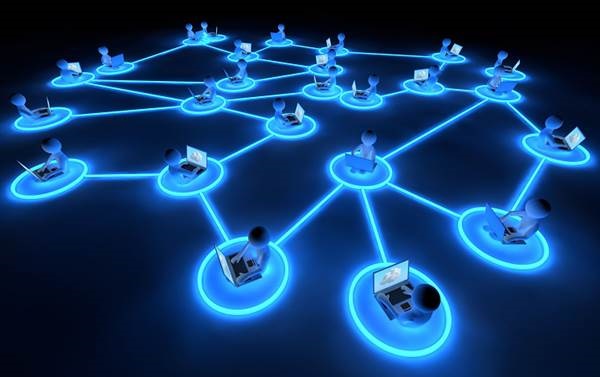Introduction
Networking is the process of connecting computers and devices together so that they can communicate with each other. Networks can be small, such as a home network, or large, such as the internet.
There are many different types of networks, each with its own advantages and disadvantages. Some of the most common types of networks include:
- Local area networks (LANs): LANs are small networks that connect computers and devices within a limited area, such as a home, office, or school.
- Wide area networks (WANs): WANs are large networks that connect LANs over long distances. The internet is a WAN.
- Metropolitan area networks (MANs): MANs are networks that connect LANs in a city or metropolitan area.
- Wireless networks: Wireless networks use radio waves to connect computers and devices without the need for cables.
The benefits of networking
There are many benefits to networking, including:
- Increased productivity: Networks allow computers and devices to share resources, such as printers, files, and applications. This can lead to increased productivity for users.
- Improved communication: Networks make it easy for users to communicate with each other, regardless of their location. This can be beneficial for businesses and organizations, as well as for individuals.
- Enhanced collaboration: Networks enable users to collaborate on projects and share information. This can lead to better decision-making and innovation.
- Reduced costs: Networks can help businesses and organizations to reduce costs by centralizing resources and sharing hardware and software.
The challenges of networking
While there are many benefits to networking, there are also some challenges, such as:
- Security: Networks can be vulnerable to security threats, such as hacking and malware.
- Complexity: Networks can be complex to set up and manage.
- Cost: Networks can be expensive to implement and maintain.
- Performance: Networks can experience performance problems, such as latency and congestion.
The future of networking
The future of networking is likely to see even more growth and innovation. Some of the trends that are expected to shape the future of networking include:
- The rise of the internet of things (IoT): The IoT is the network of physical devices that are connected to the internet. The IoT is expected to grow exponentially in the coming years, and this will create new challenges and opportunities for networking.
- The development of 5G: 5G is the next generation of cellular technology. It is expected to offer much faster speeds and lower latency than 4G, which will make it ideal for networking applications.
- The use of cloud computing: Cloud computing is the delivery of computing services, such as storage and processing power, over the internet. Cloud computing is becoming increasingly popular, and this is likely to have a major impact on networking.
Conclusion
Networking is a complex and ever-evolving field. However, it is also a field with great potential for innovation and growth. The future of networking is bright, and it is sure to play a major role in the way we live, work, and play in the years to come.
In addition to the challenges and trends mentioned above, here are some other factors that are likely to shape the future of networking:
- The increasing demand for bandwidth: As more and more devices connect to the network, the demand for bandwidth will continue to grow. This will require new technologies to be developed that can deliver more bandwidth at lower costs.
- The need for security: As networks become more complex, the need for security will also increase. Hackers are constantly looking for new ways to exploit vulnerabilities in networks, so it is important to have strong security measures in place.
- The importance of standards: In order for networks to interoperate, it is essential that they use common standards. This is why organizations such as the IEEE and the IETF develop standards for networking technologies.
The future of networking is bright, but it is also important to be aware of the challenges and trends that are shaping the field. By understanding these challenges and trends, businesses and organizations can be prepared for the future of networking and take advantage of the opportunities that it presents.






